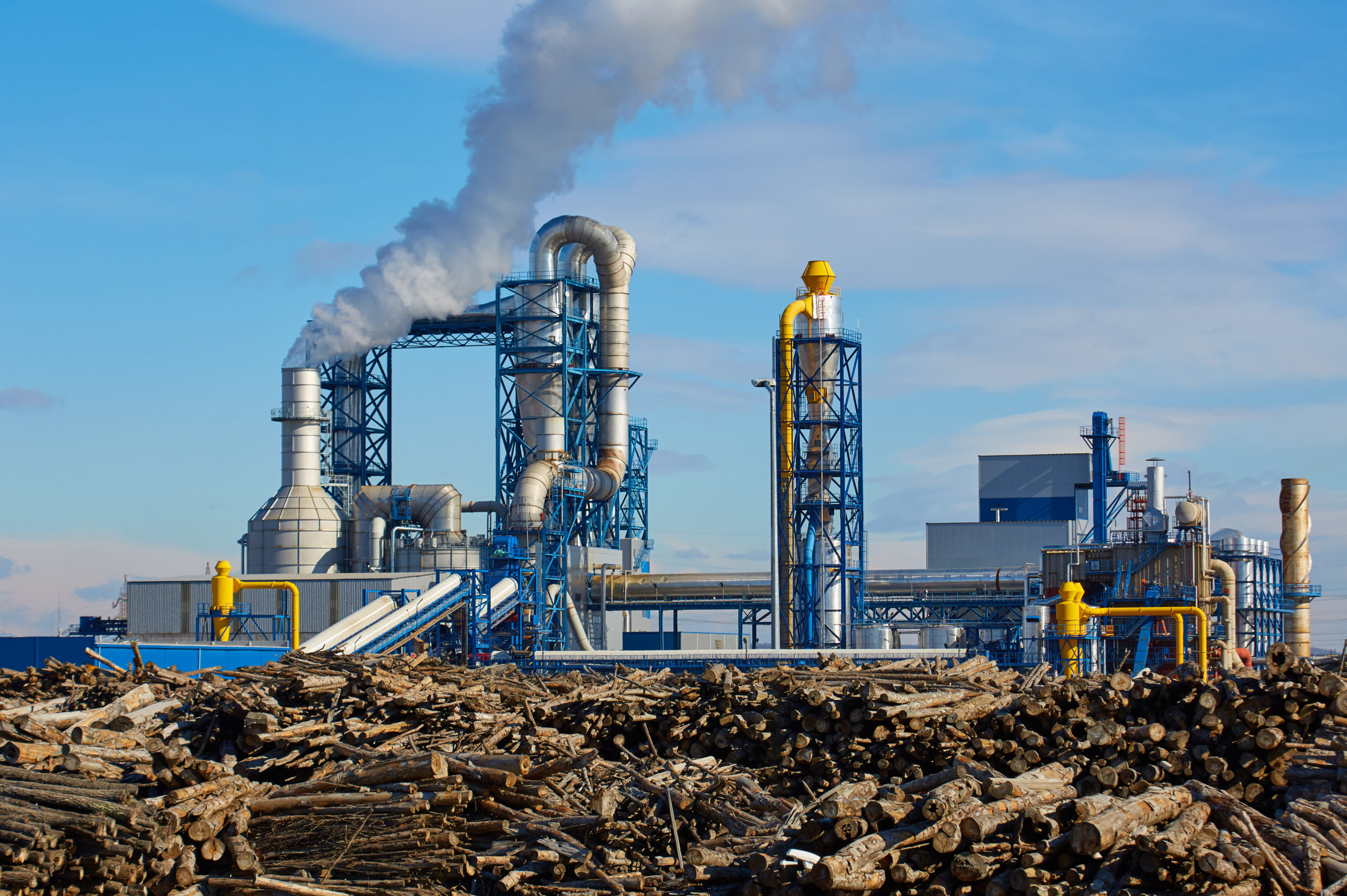
On October 7, 2022, the U.S. Environmental Protection Agency (EPA) proposed significant revisions to the New Source Review (NSR) regulations under the Clean Air Act. This proposal plans to require facility owners and operators of all existing industrial facilities classified as “major sources” to account for “fugitive” emissions of air pollutants when evaluating whether a physical or operational change at their facility qualifies as a “major modification.” According to the EPA, per 40 CFR 52.21(b)(20), “Fugitive Emissions” are emissions that could not reasonably pass through a stack, chimney, vent, or other functionally equivalent opening. This determination would require obtaining a major NSR permit before commencing construction and operations, with the permit mandating emission control measures to ensure that air quality is not adversely affected. The comment period for this proposed rule ended on February 14, 2023, and EPA is expected to finalize the rule soon.
As part of this proposal, the EPA is reevaluating a 2008 rule that previously mandated only the specific 28 listed industrial source categories to consider fugitive emissions when assessing major modifications. In response to a 2009 petition for reconsideration of the 2008 Fugitive Emissions rule, the EPA suspended the rule’s effectiveness and later made amendments to its NSR regulations to align with prior requirements. The EPA is now proposing a complete repeal of the 2008 rule by eliminating certain provisions that have remained inactive since 2008. In addition, the EPA intends to remove an exemption for modifications considered “major” solely due to the inclusion of fugitive emissions.
These proposed changes would require all existing major stationary sources to incorporate fugitive emissions when determining whether a project qualifies as a major modification. If finalized, numerous facilities nationwide that did not fall under the 28 listed source categories will now be affected.
Typically, fugitive emissions are more difficult to quantify and often lead to overestimation. Source test data, often used for point sources, are not available fugitive sources due to the very nature of these emissions. Capture and control technologies are often difficult to implement, and their efficacy is not accurately quantified. Therefore, the Best Available Control Technology (BACT) analysis, required for NSR application, is often challenging for fugitive sources. The current lack of speciation of the particle size distribution of fugitive emissions increases the complexities for accurate emission calculation.
Another challenge is the modeling of fugitive emissions, which are most commonly modeled as an area source or volume source. Quantifying source parameters for modeling, such as initial dimensions, elevation, and emission rates, can be challenging for many applications.
For the facilities that were not required to include fugitive emissions before the effective date of this rule when published, these issues will add layers of challenges to NSR applications for major modifications.
How EDGE Can Help
EDGE engineers and scientists have extensive experience in estimating fugitive emissions in numerous manufacturing industries, especially aggregate handling facilities, which typically have significant fugitive emissions. EDGE can help facilities accurately quantify fugitive emissions and in the analysis of capture and control of the fugitive emissions in a cost-effective manner. EDGE can assist facilities from identification to control technology design to permitting of these sources, minimizing compliance burdens for facilities.
